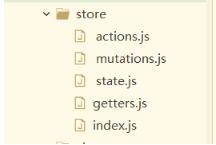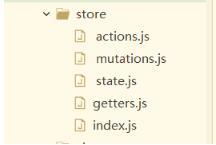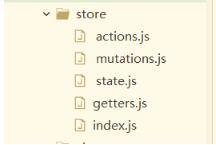同步电机和感应电机的区别
同步电机与感应电机
下表重点介绍了区分同步电机和感应电机的要点 -
| 同步电机 | 感应电机 |
|---|---|
| It always runs at synchronous speed. Hence, it is called synchronous motor. | 它始终以略低于同步速度的速度运行。因此,它被称为异步电动机。 |
| A synchronous motor is a doubly excitation machine, i.e., its armature winding is connected to an AC source and its field winding is excited from a DC source. | 感应电动机是单励磁电机,即其定子绕组由交流电源供电。 |
| Its speed is independent of the load. | 它的速度随着负载的增加而降低。 |
| It is not self-starting. It requires external means for starting. | 感应电动机具有自启动转矩。 |
| The synchronous motor is more efficient than induction motor of the same rating | 感应电动机的效率低于同额定值的同步电动机。 |
| A synchronous motor can operate under wide range of power factors, both lagging and leading. | 感应电动机仅在滞后功率因数下运行。 |
| The power factor of a synchronous motor can be changed by changing its excitation. | 感应电动机的功率因数无法控制。在高负载下它变得非常差(滞后)。 |
| No relative motion between the stator rotating magnetic field (RMF) and the rotor is required for the operation of a synchronous motor. | 对于感应电机的运行,定子 RMF 和转子之间必须存在相对运动。 |
| For the same rating, a synchronous motor is expensive than an induction motor. | 感应电动机比同步电动机便宜。 |
| A synchronous motor has complicated construction. | 感应电动机的结构比同步电动机简单。 |
| A synchronous motor has high starting torque as compared to an induction motor. | 感应电动机的启动转矩较小。 |
| Synchronous motors are economical for speeds below 300 RPM. | 感应电机对于 600 RPM 以上的速度是经济的。 |
| Synchronous motors require DC excitation at the rotor. | 感应电机不需要对转子进行励磁。 |
| Applications − Driving mechanical loads at constant speed, power factor correction of electrical systems, etc. | 应用- 感应电机仅用于驱动机械负载。 |
以上是 同步电机和感应电机的区别 的全部内容, 来源链接: utcz.com/z/363341.html





